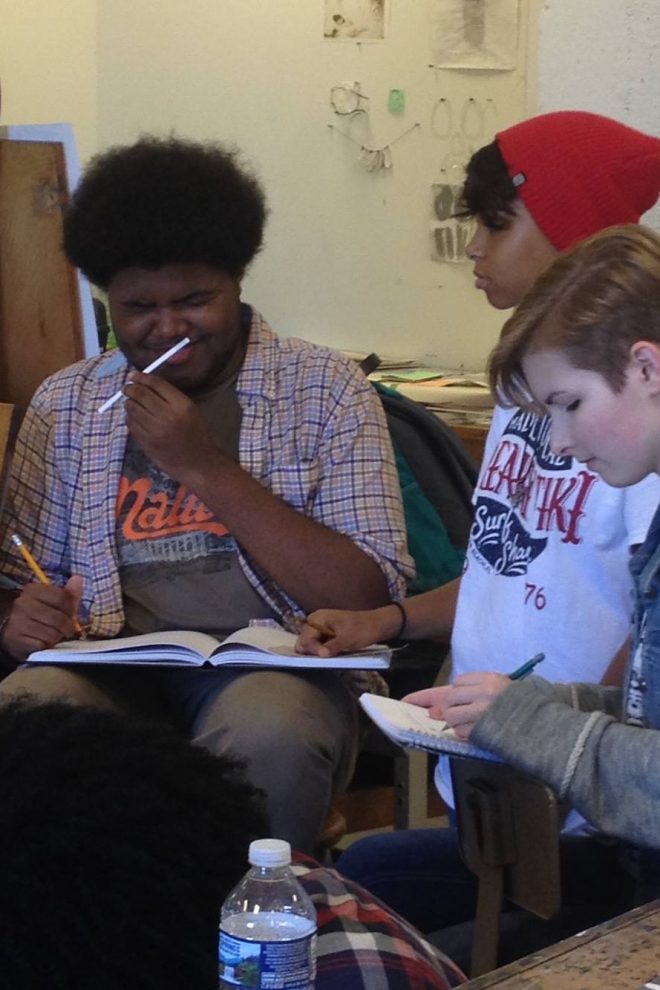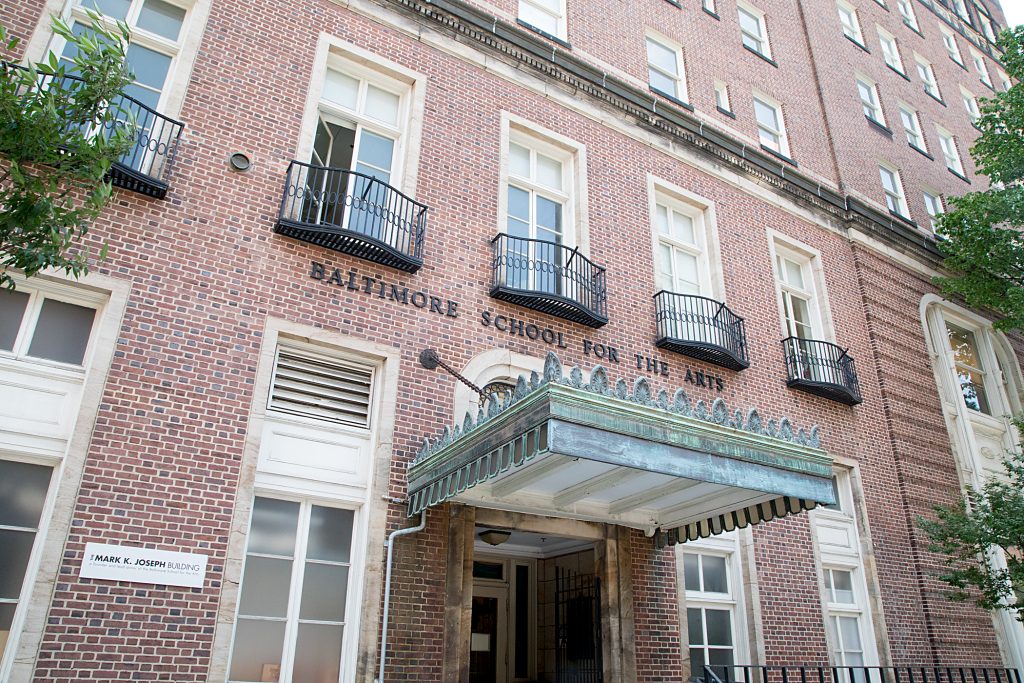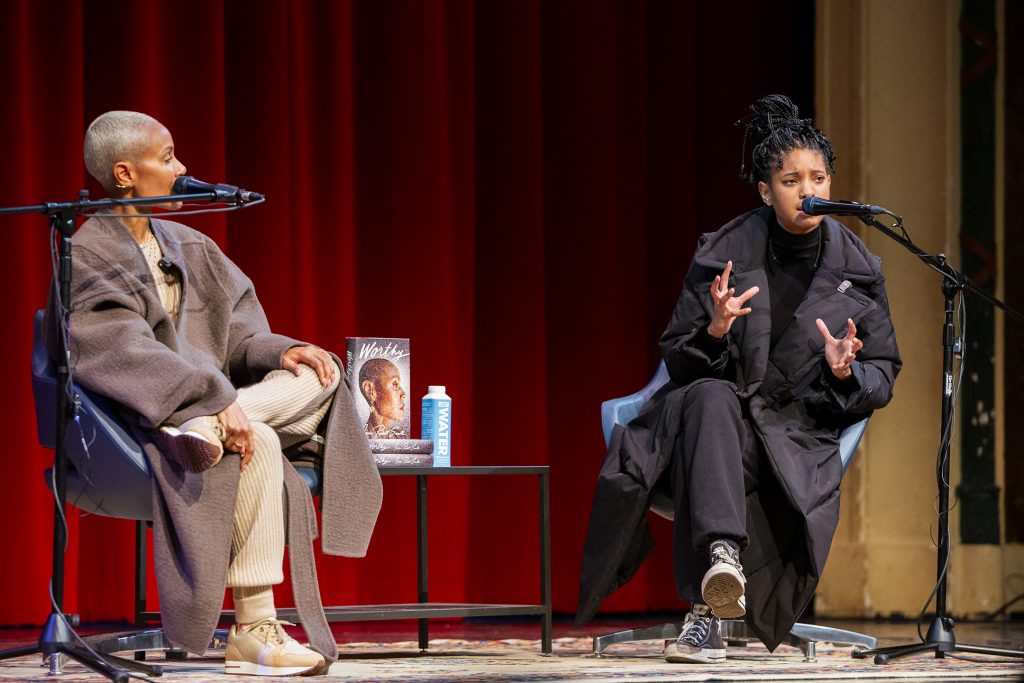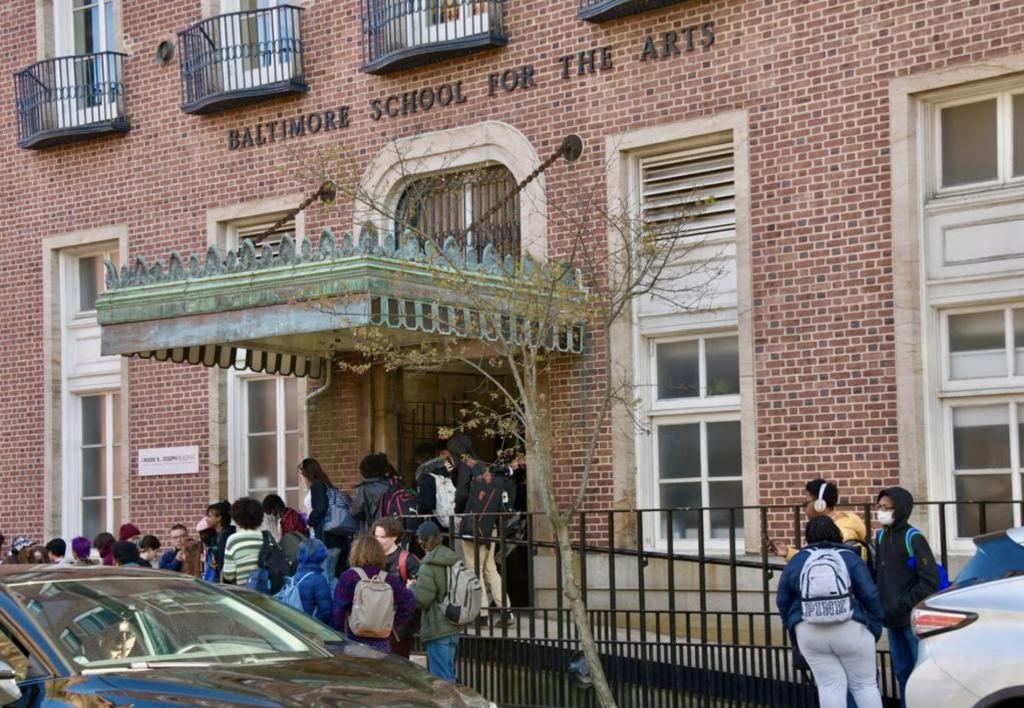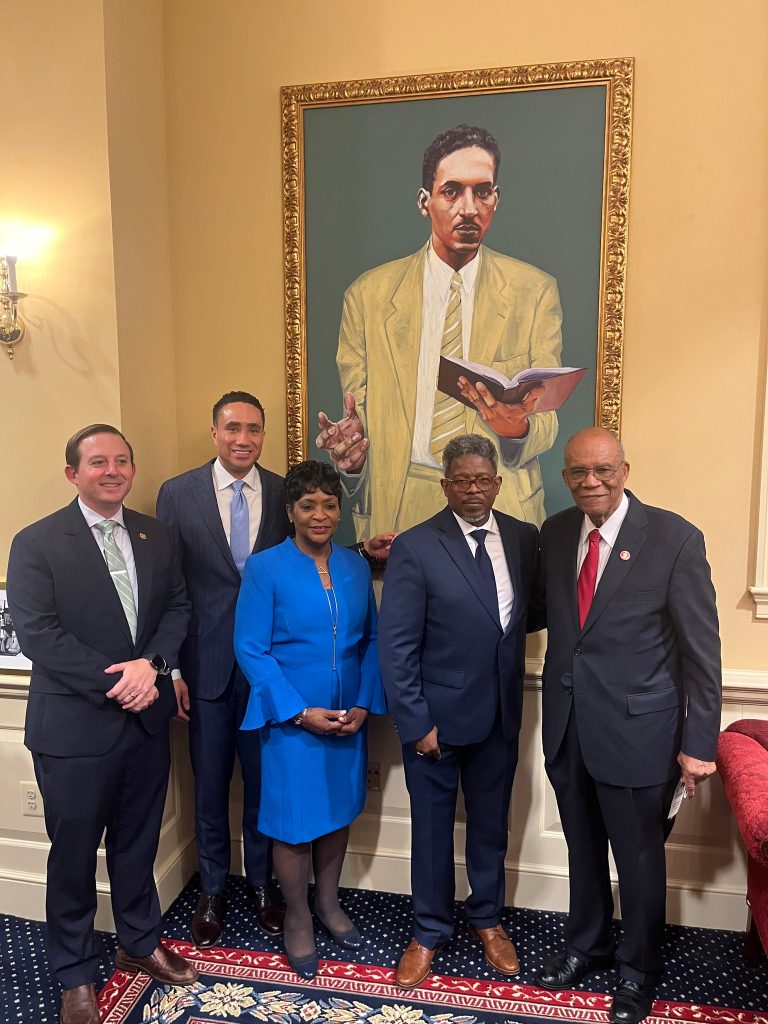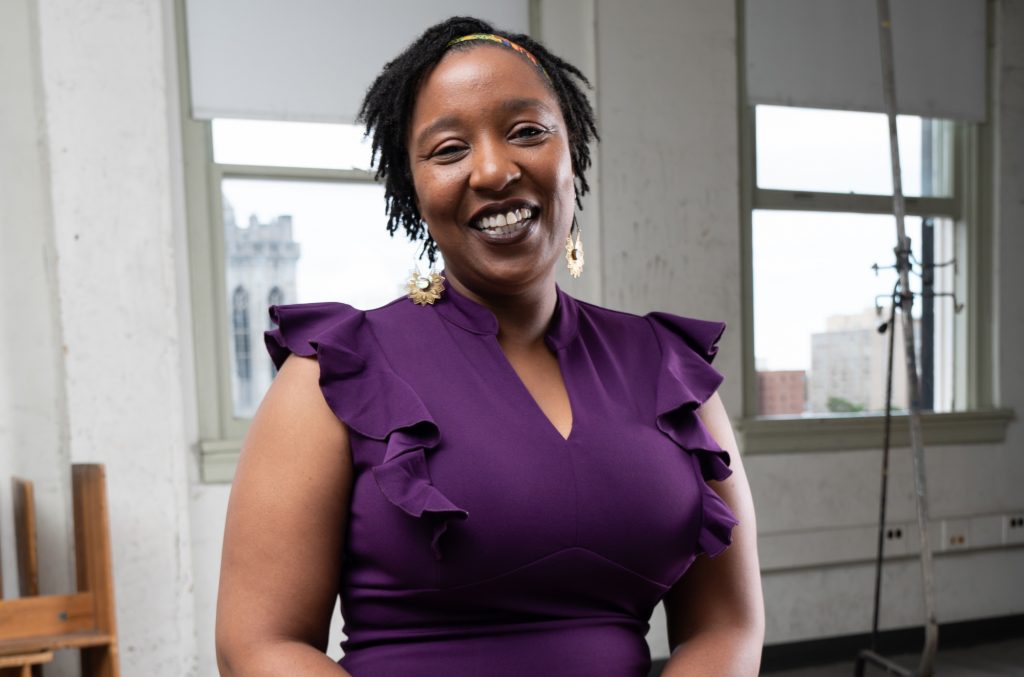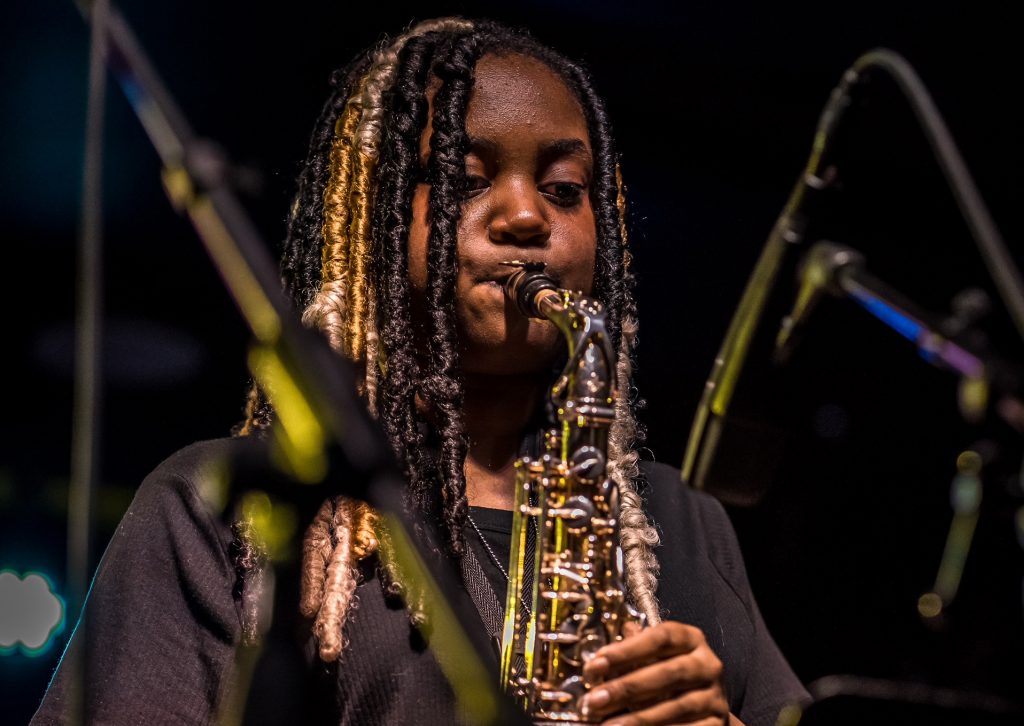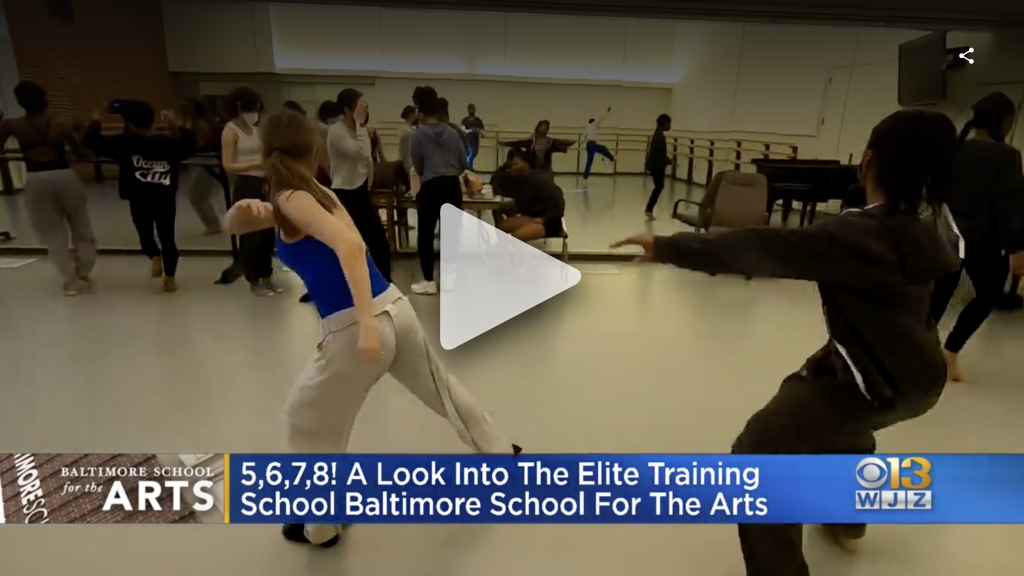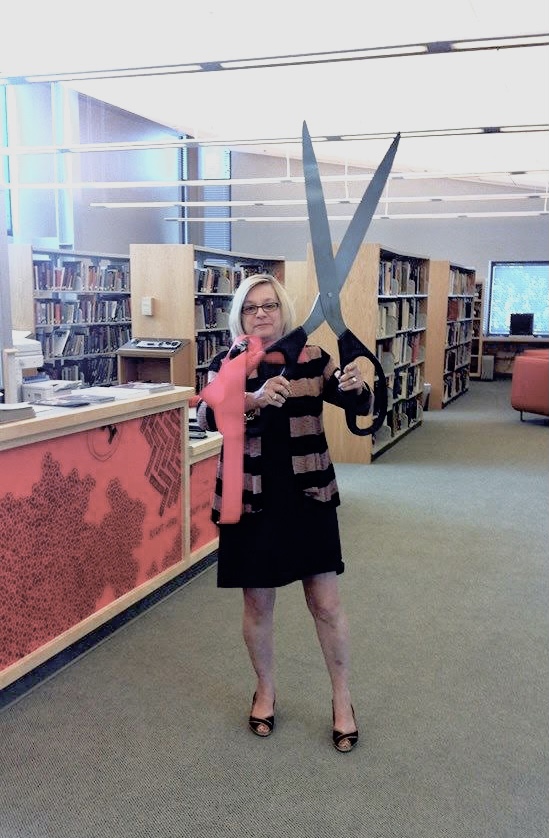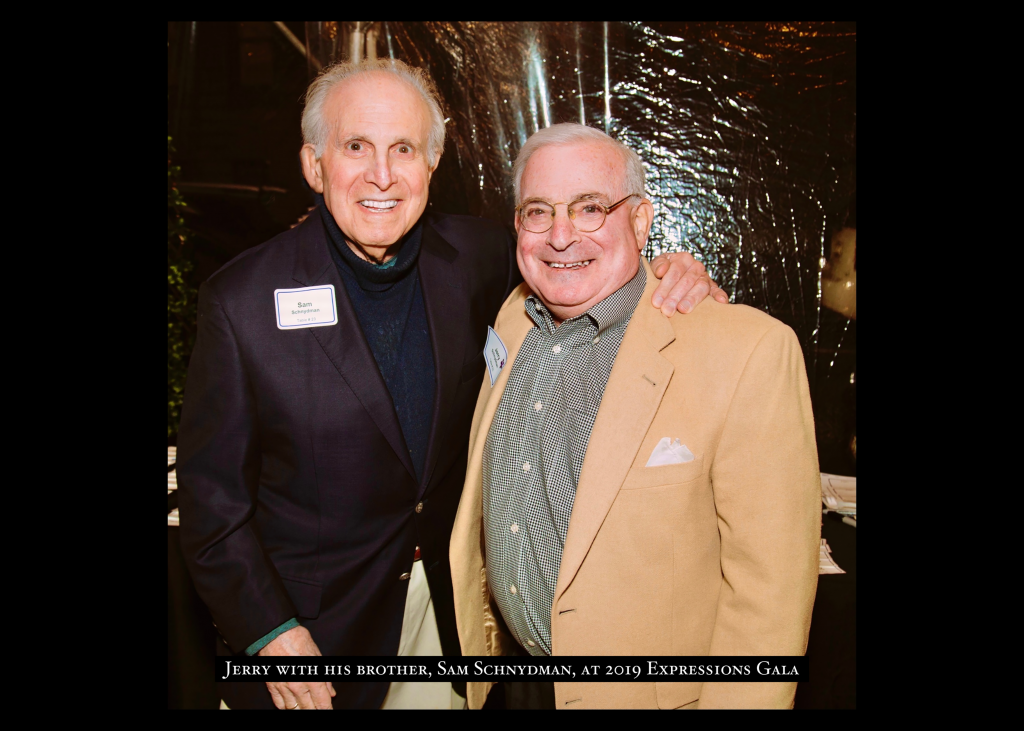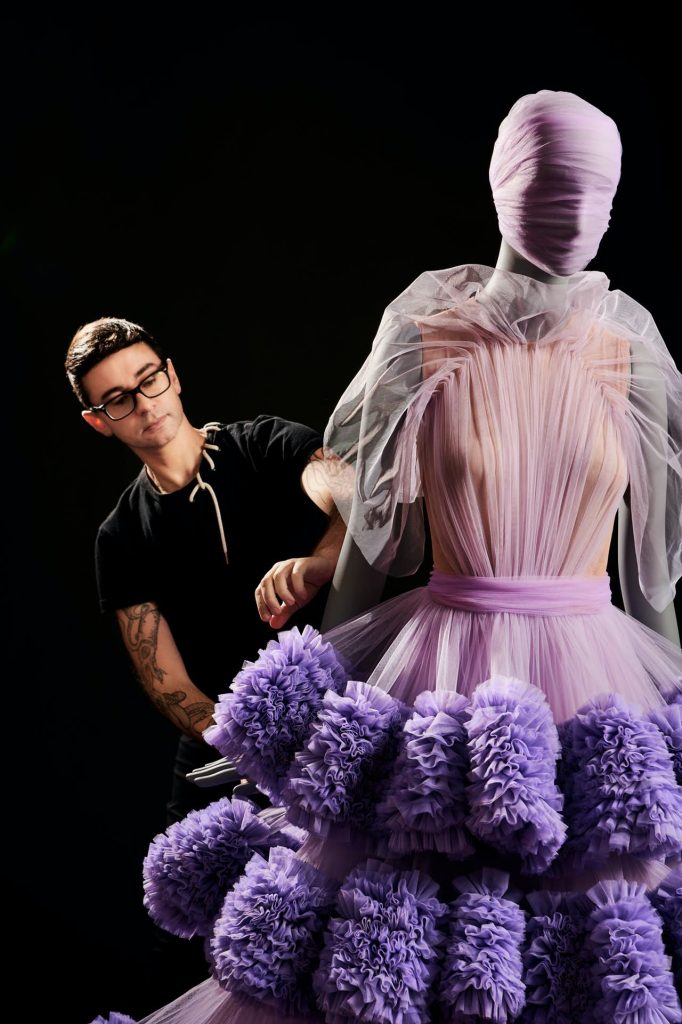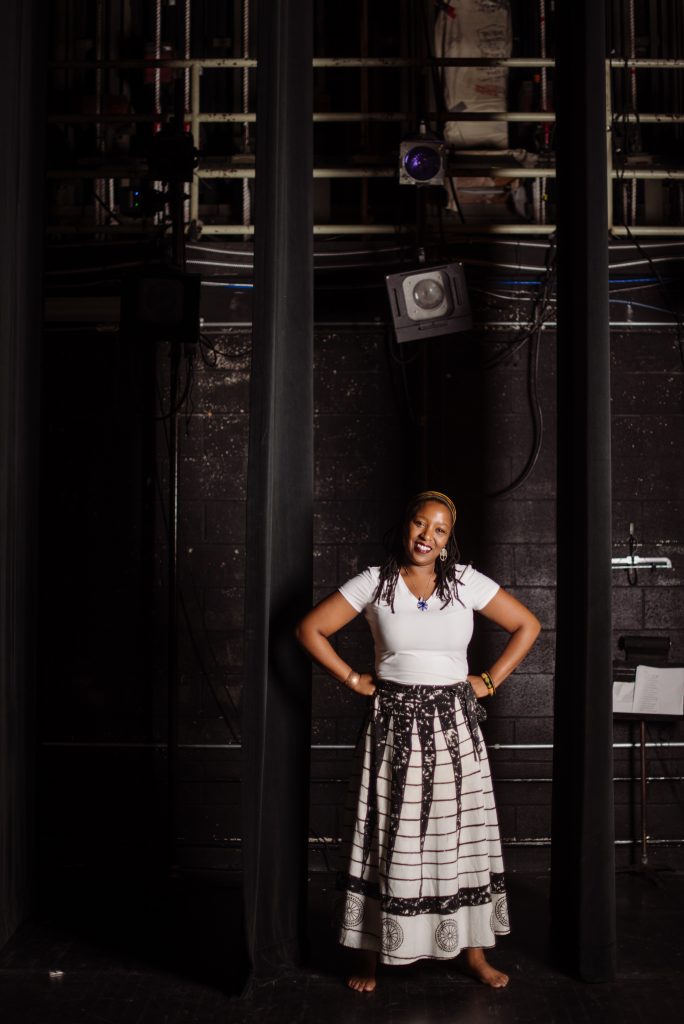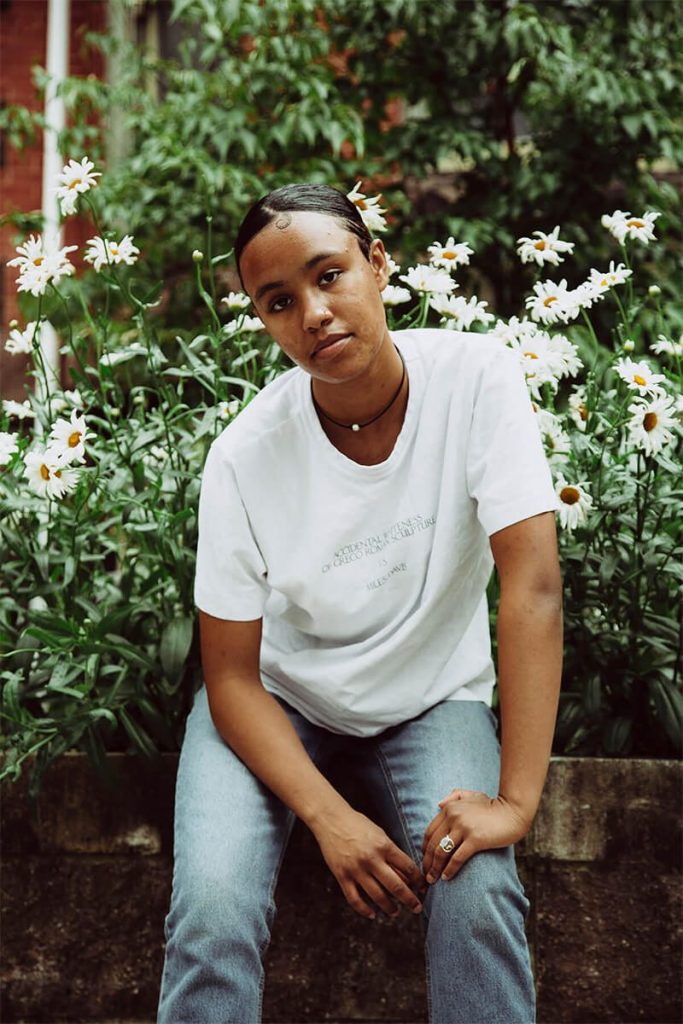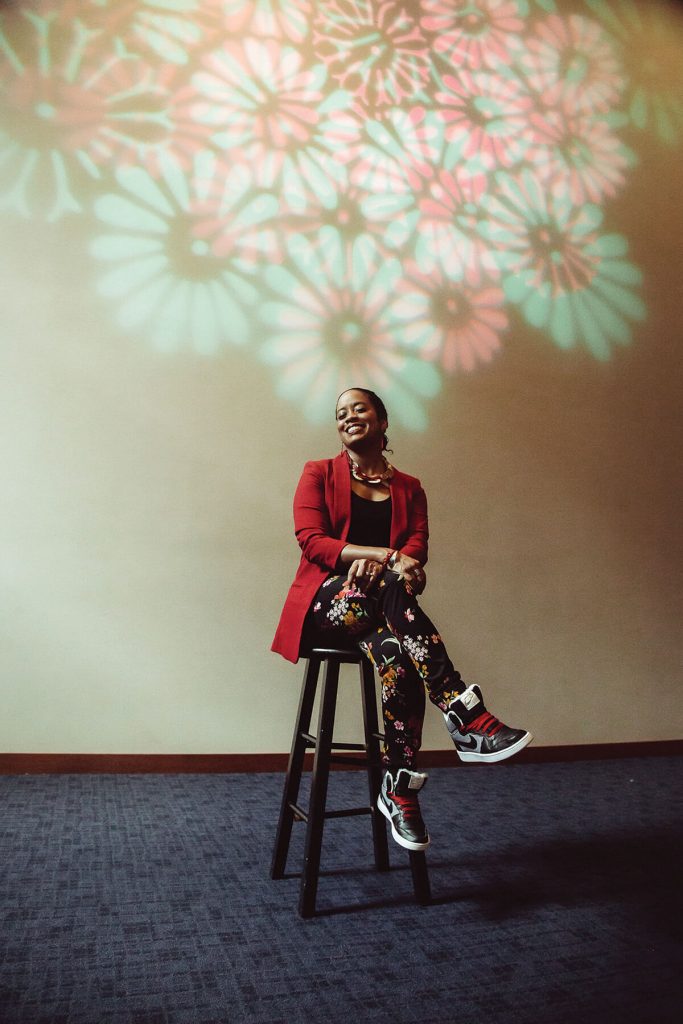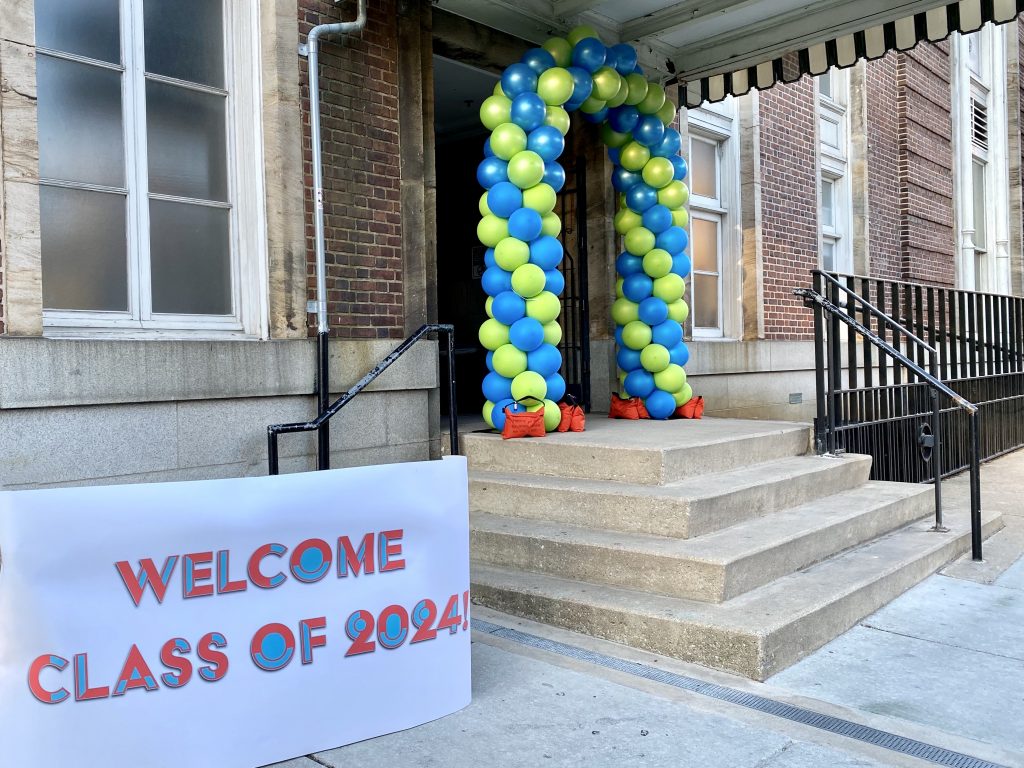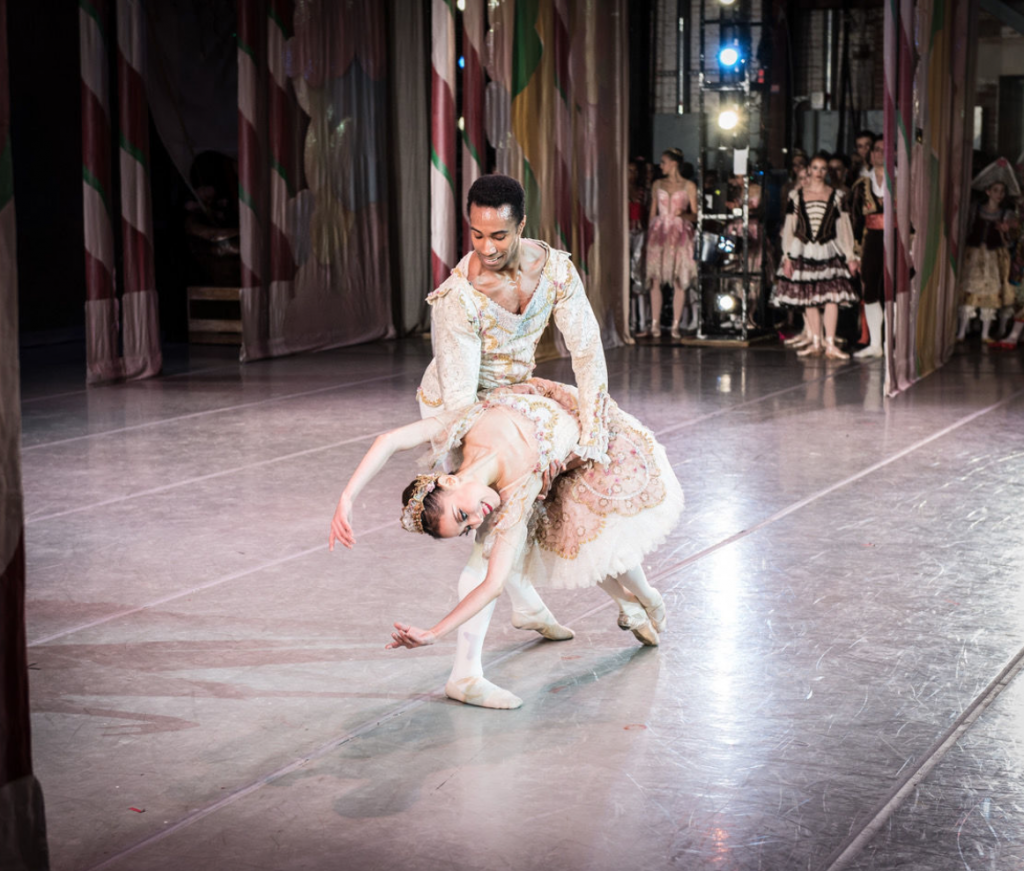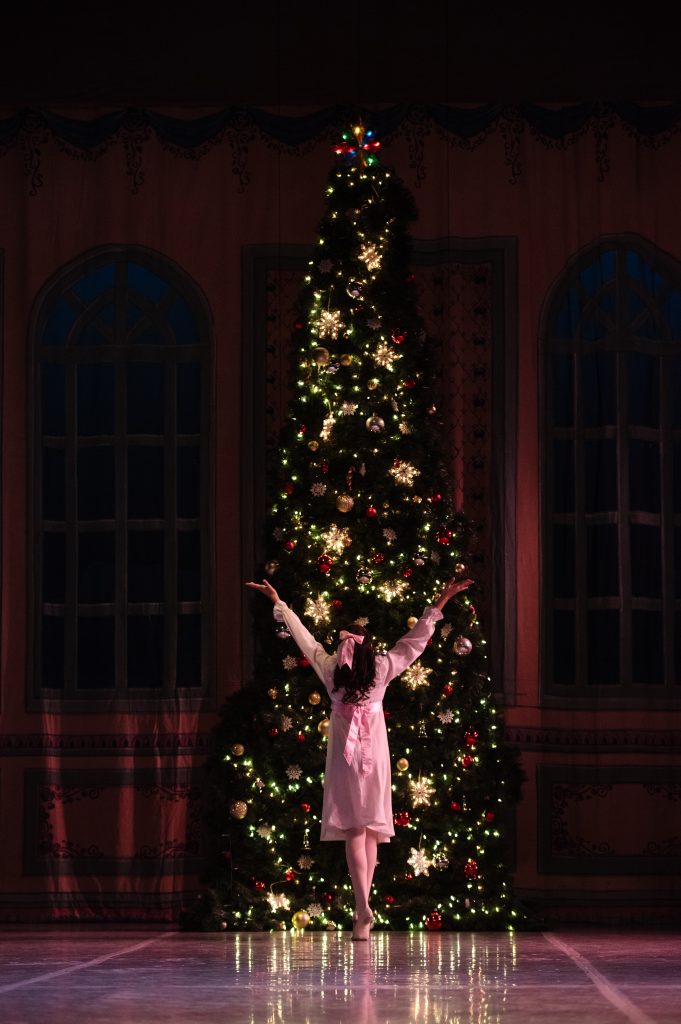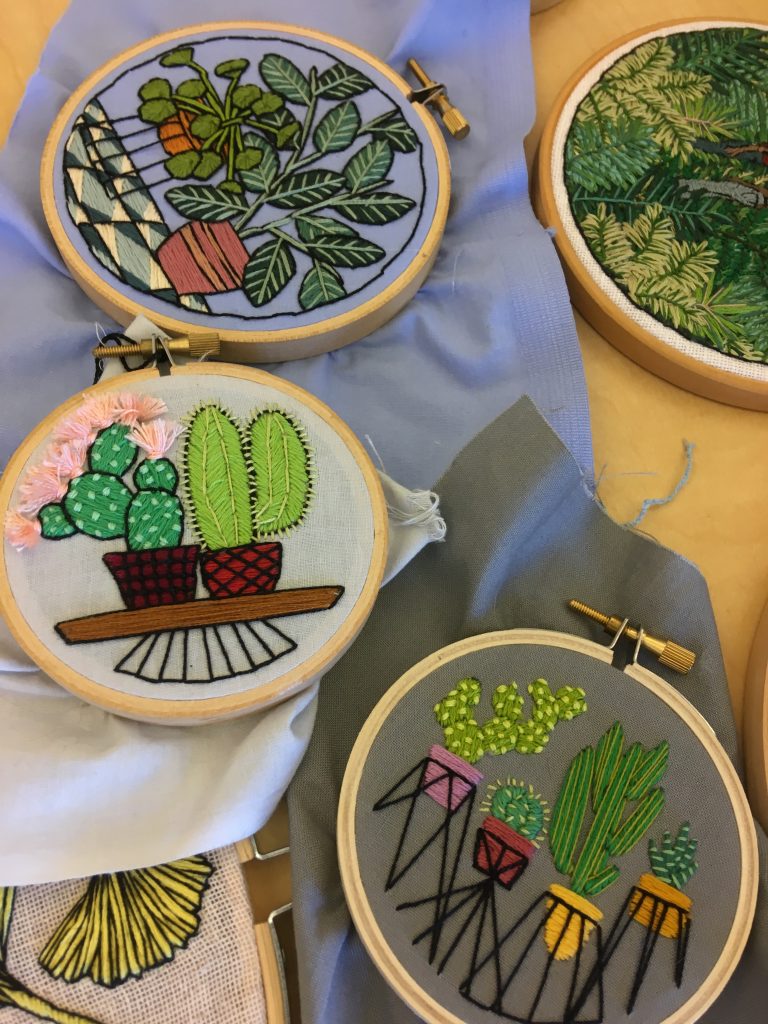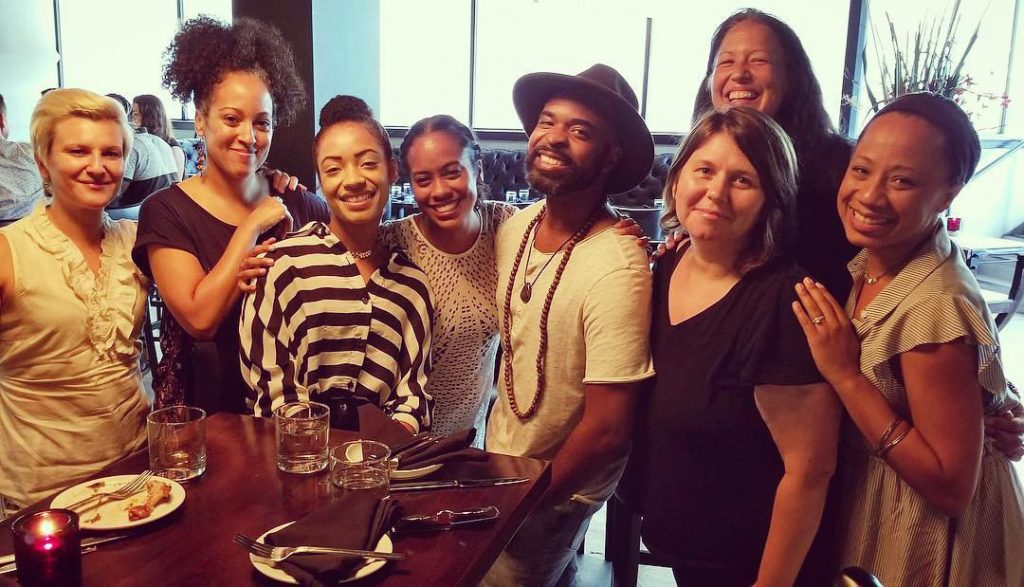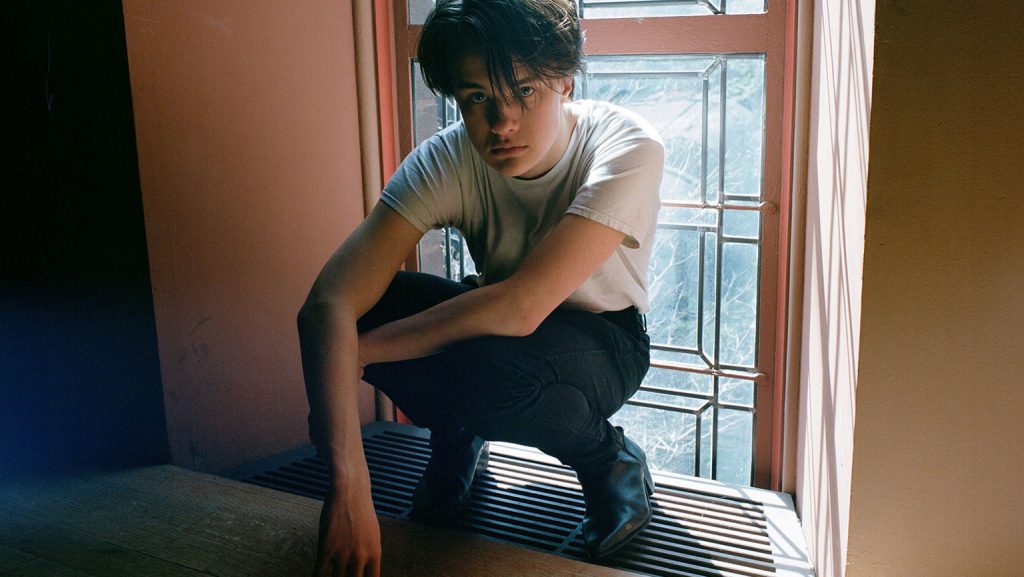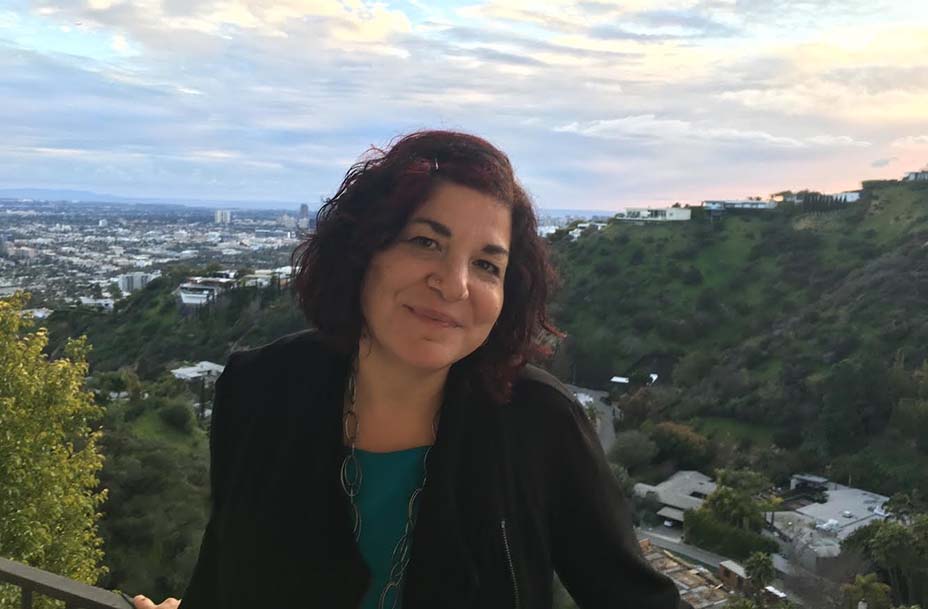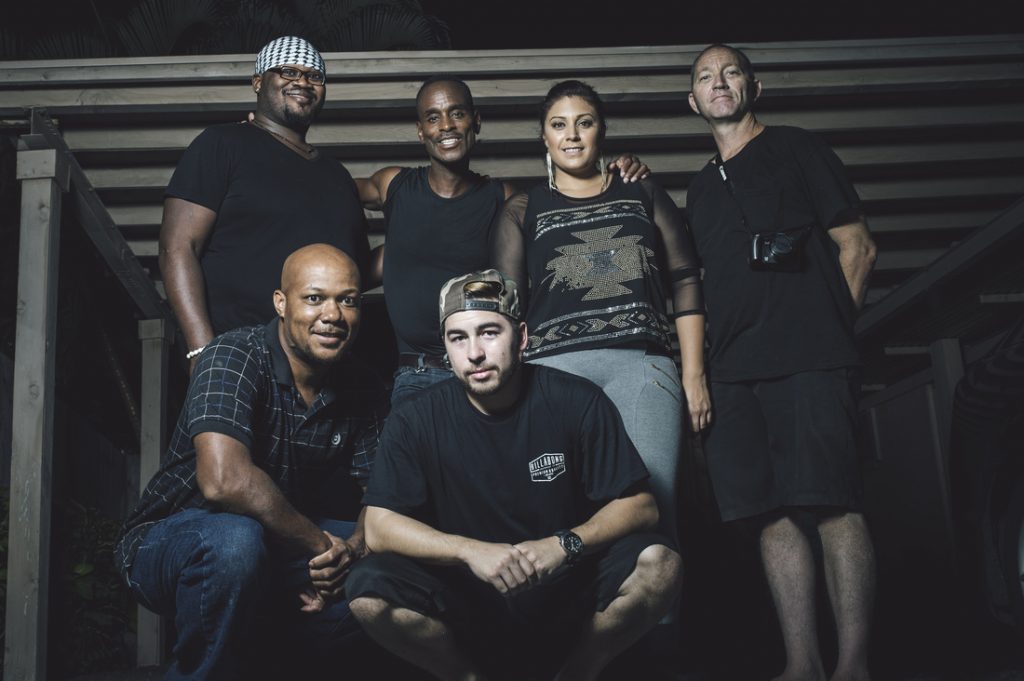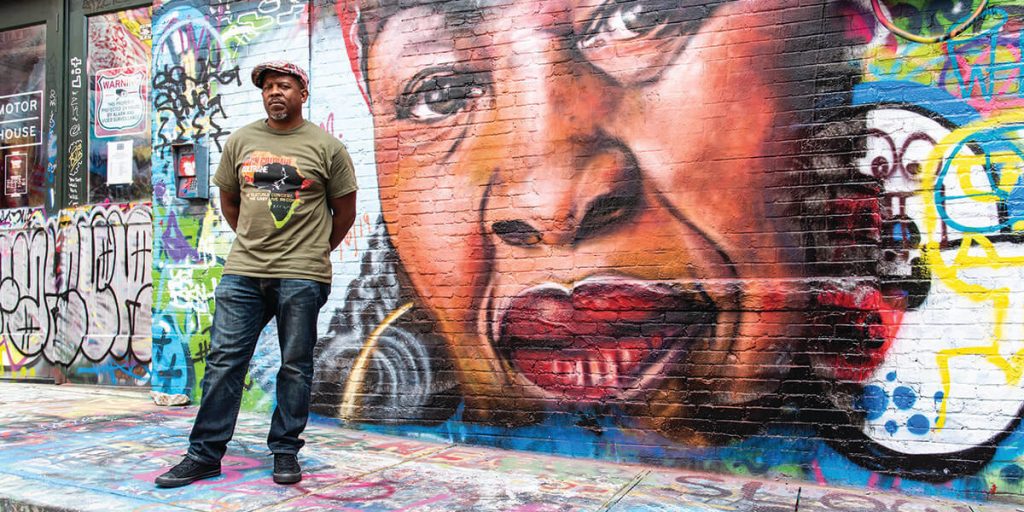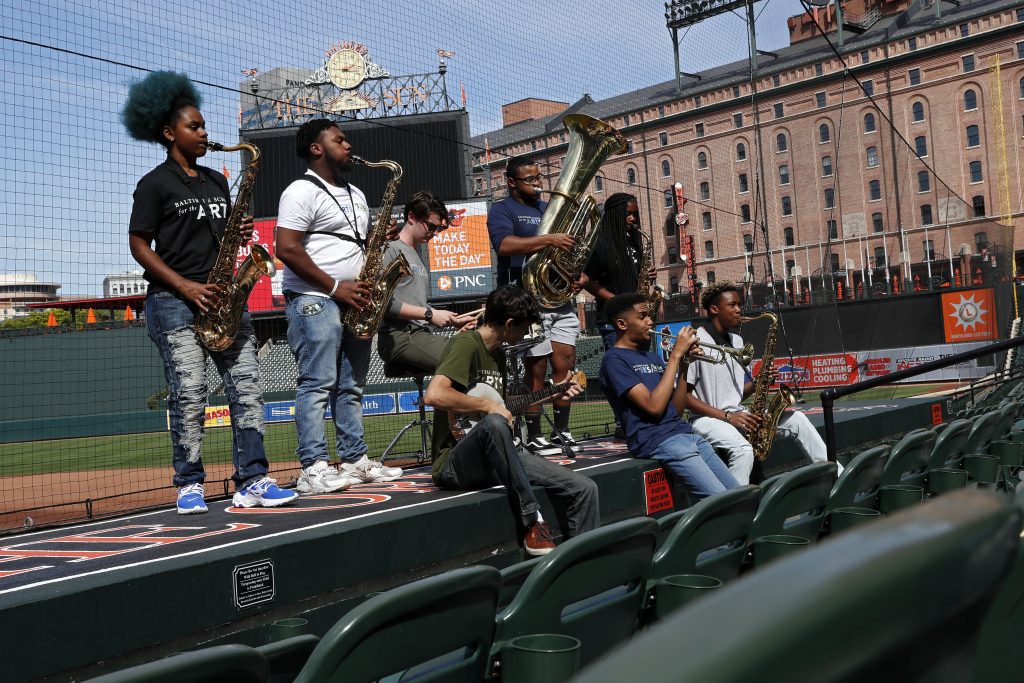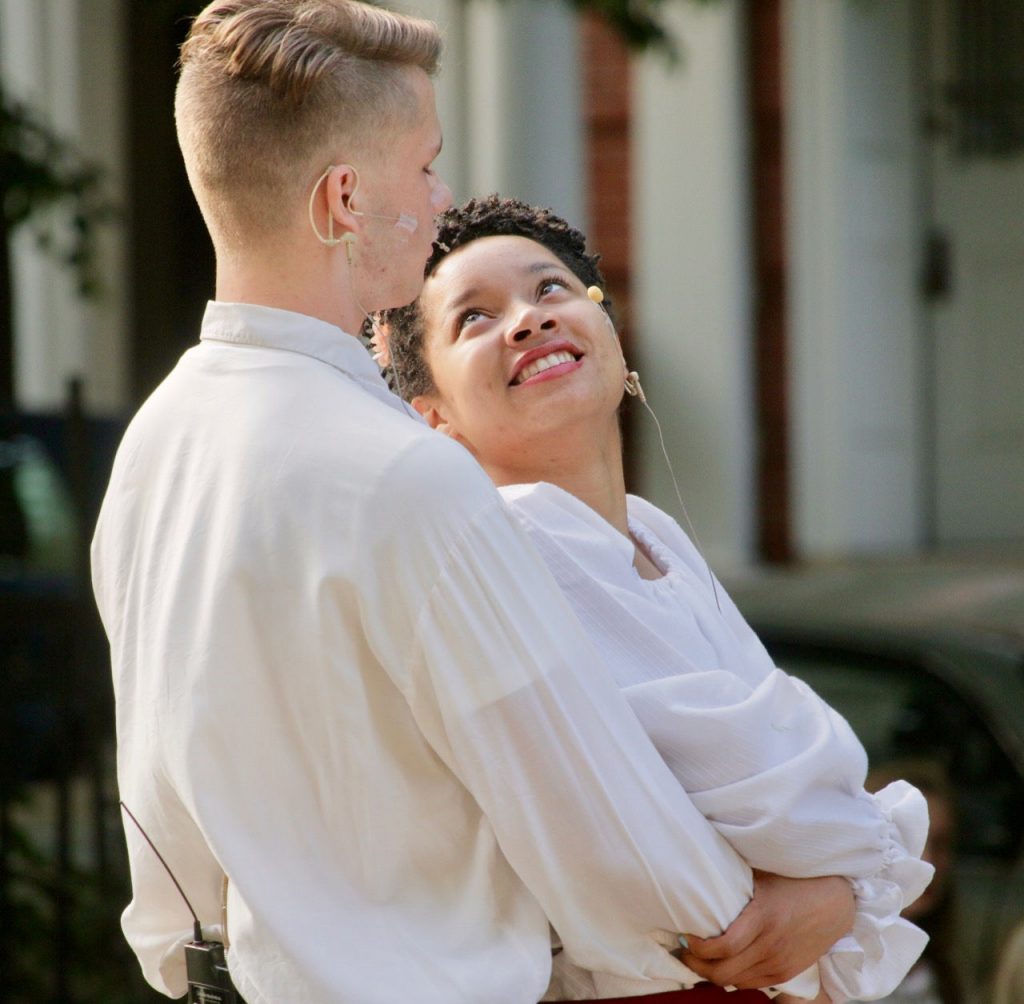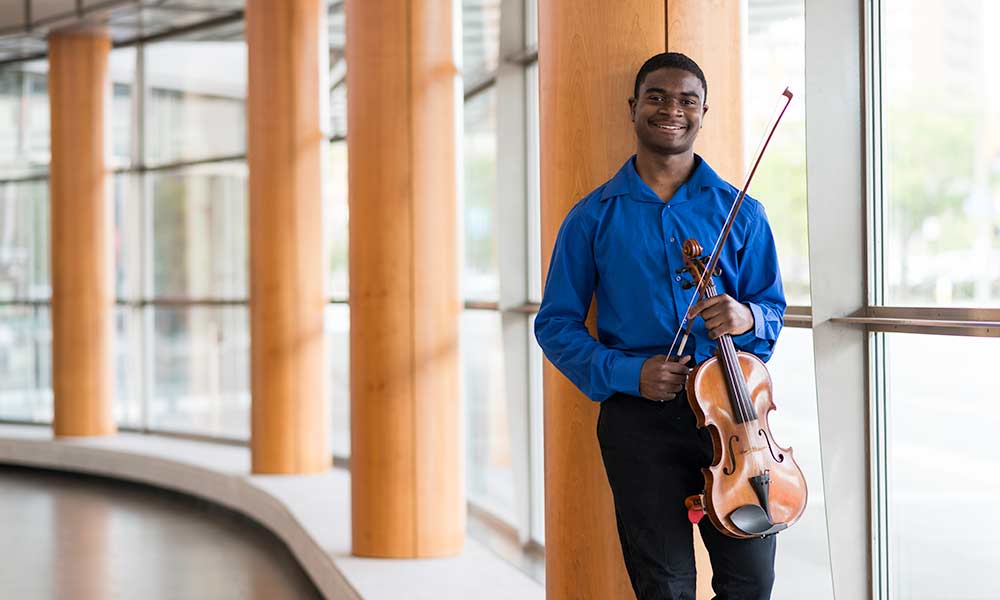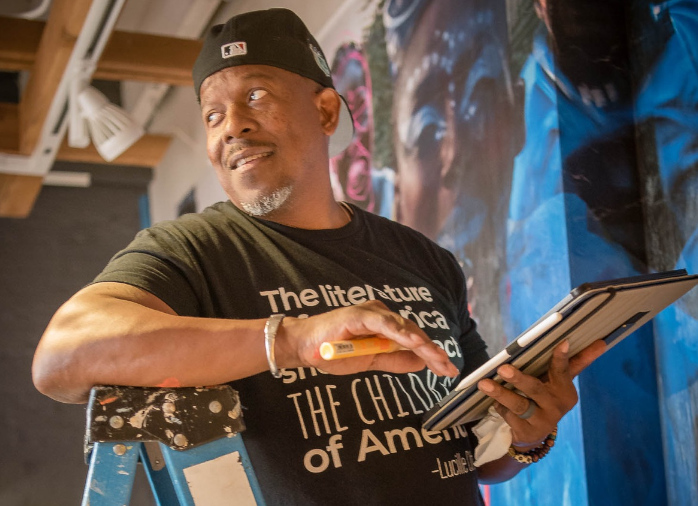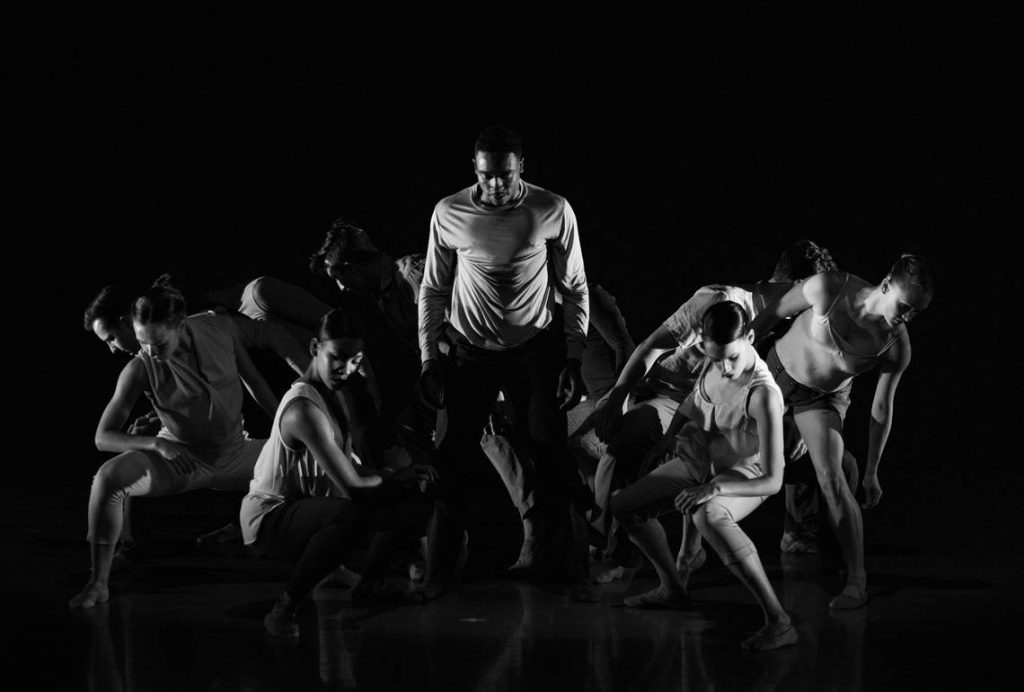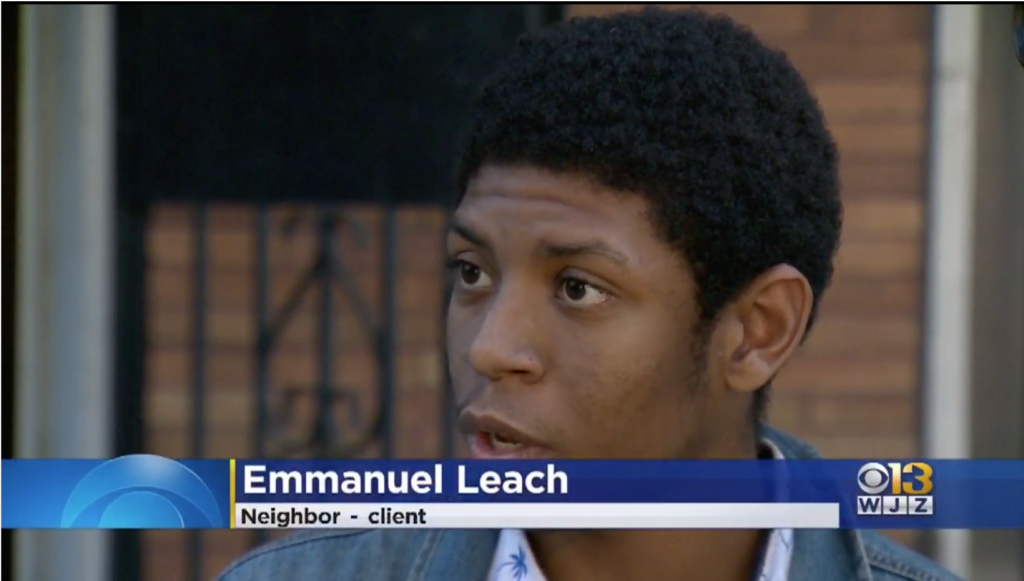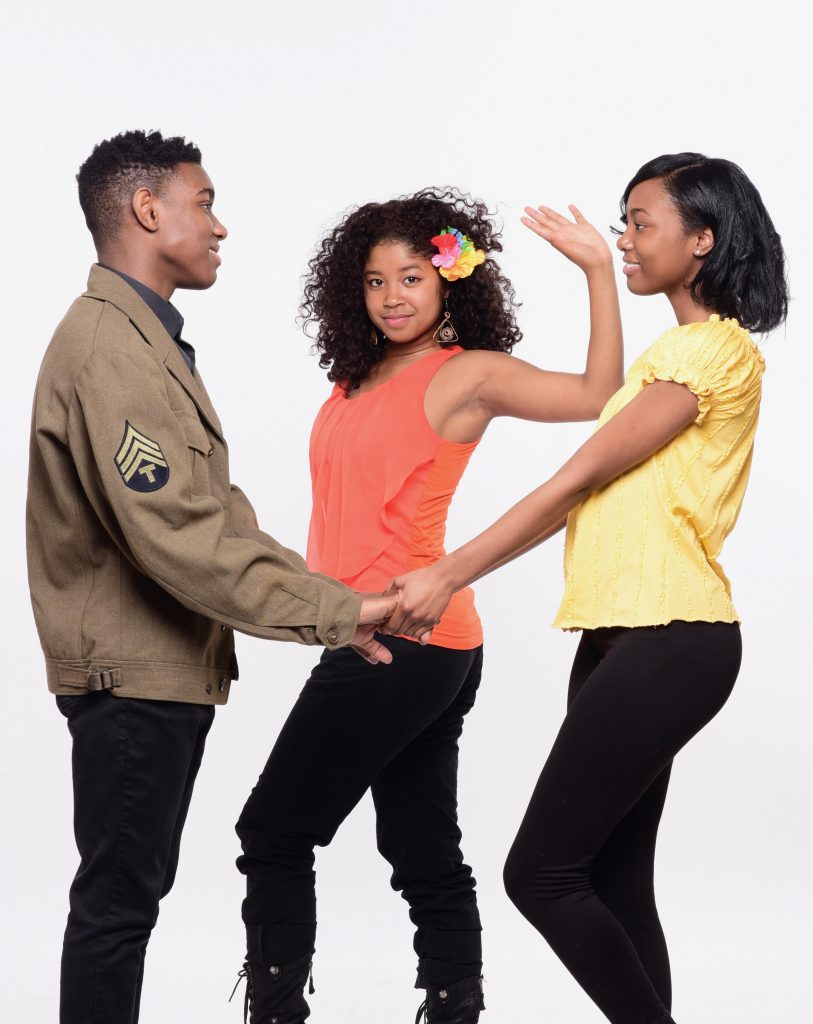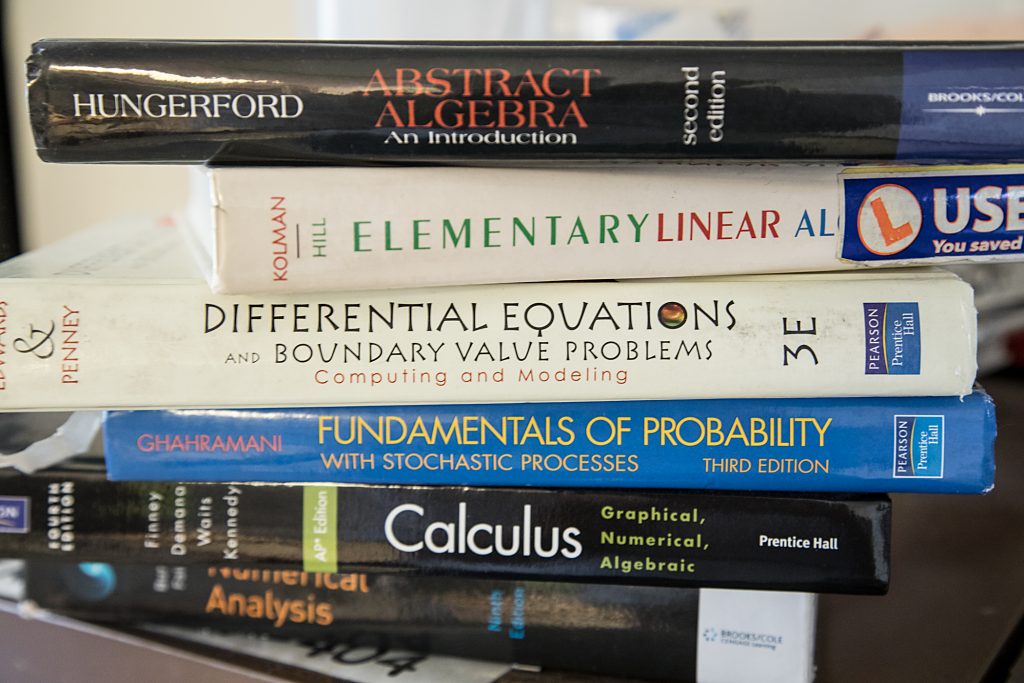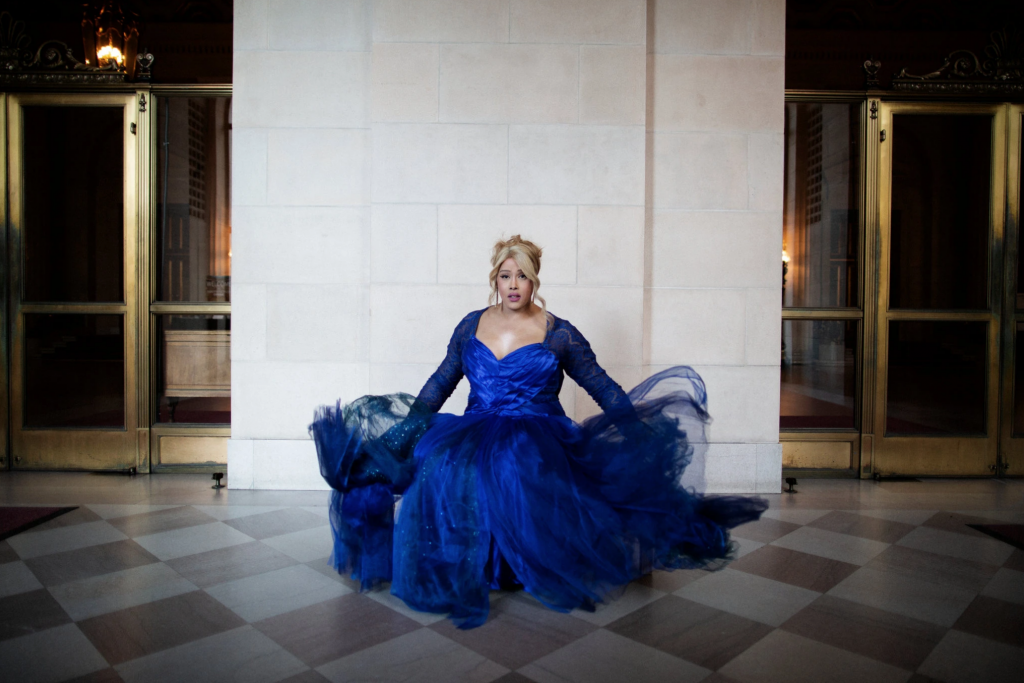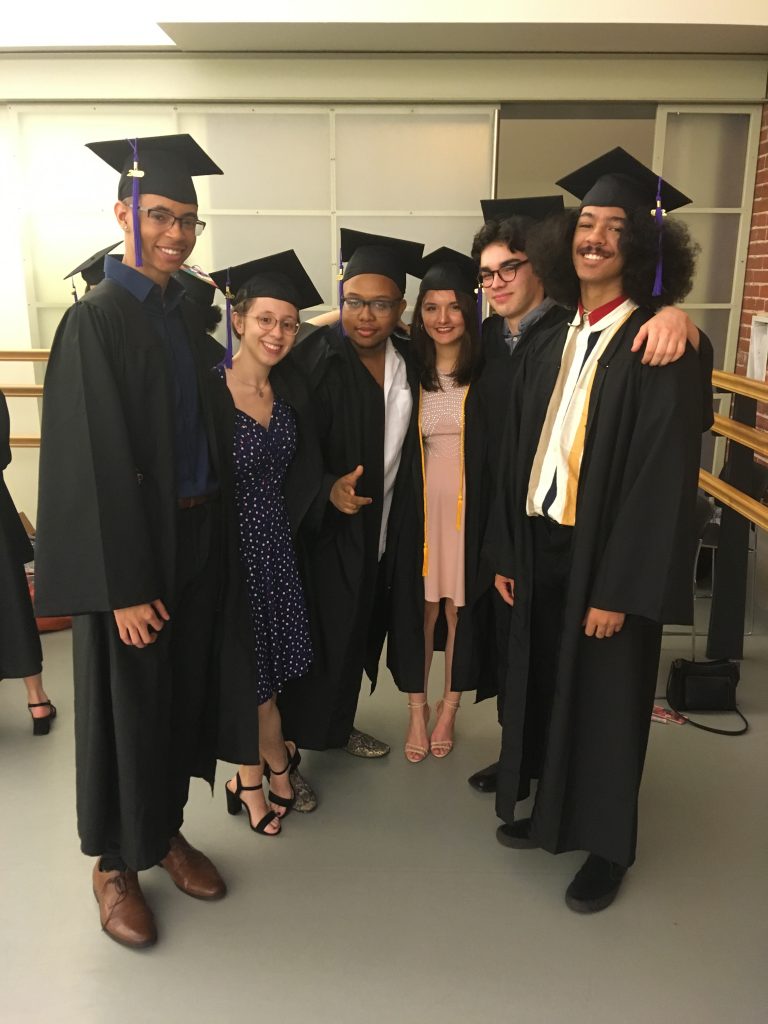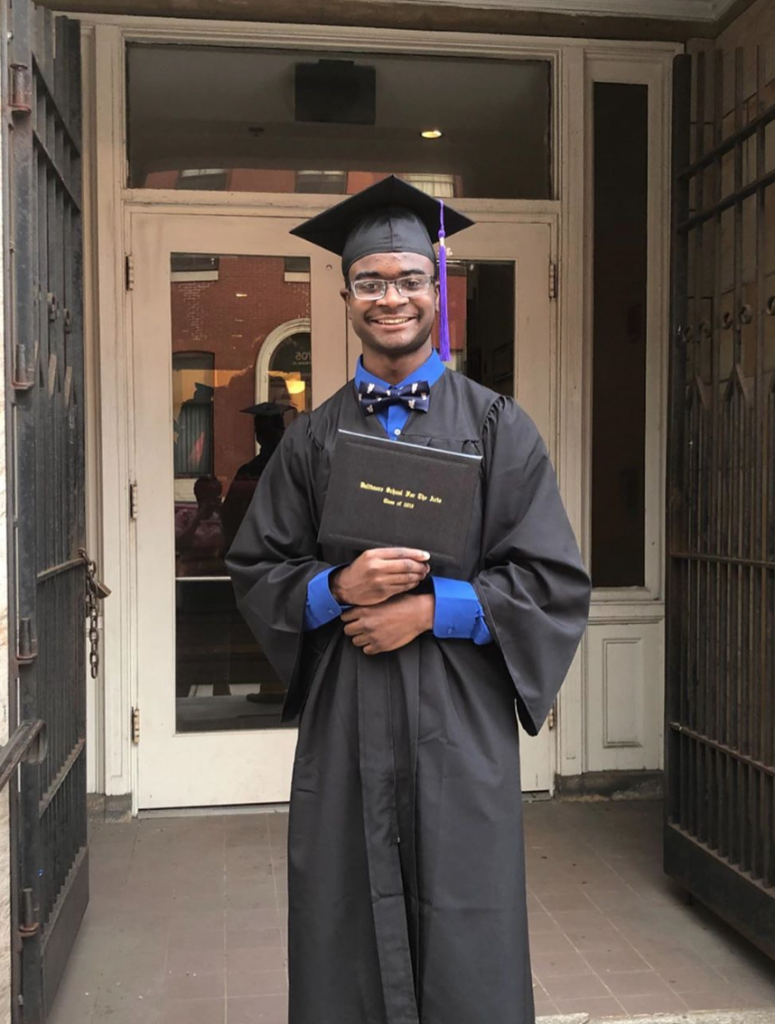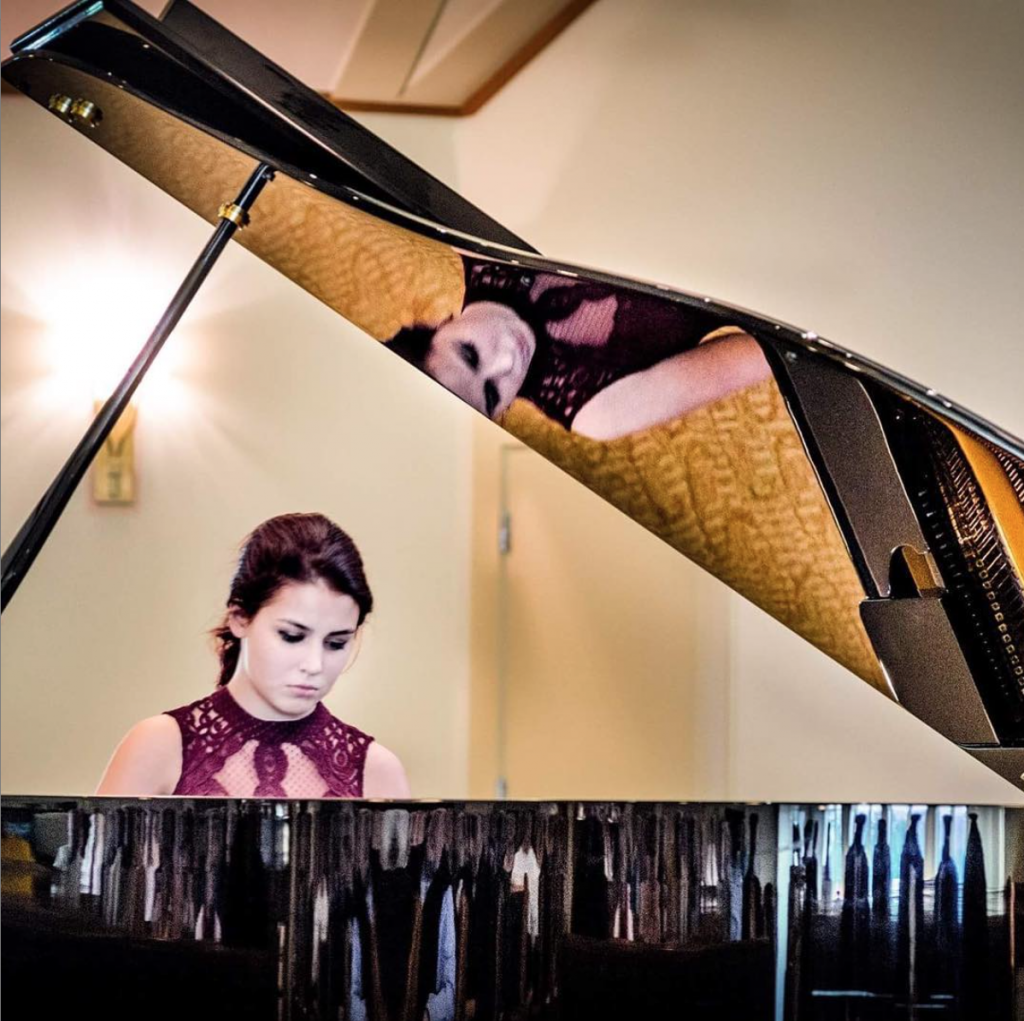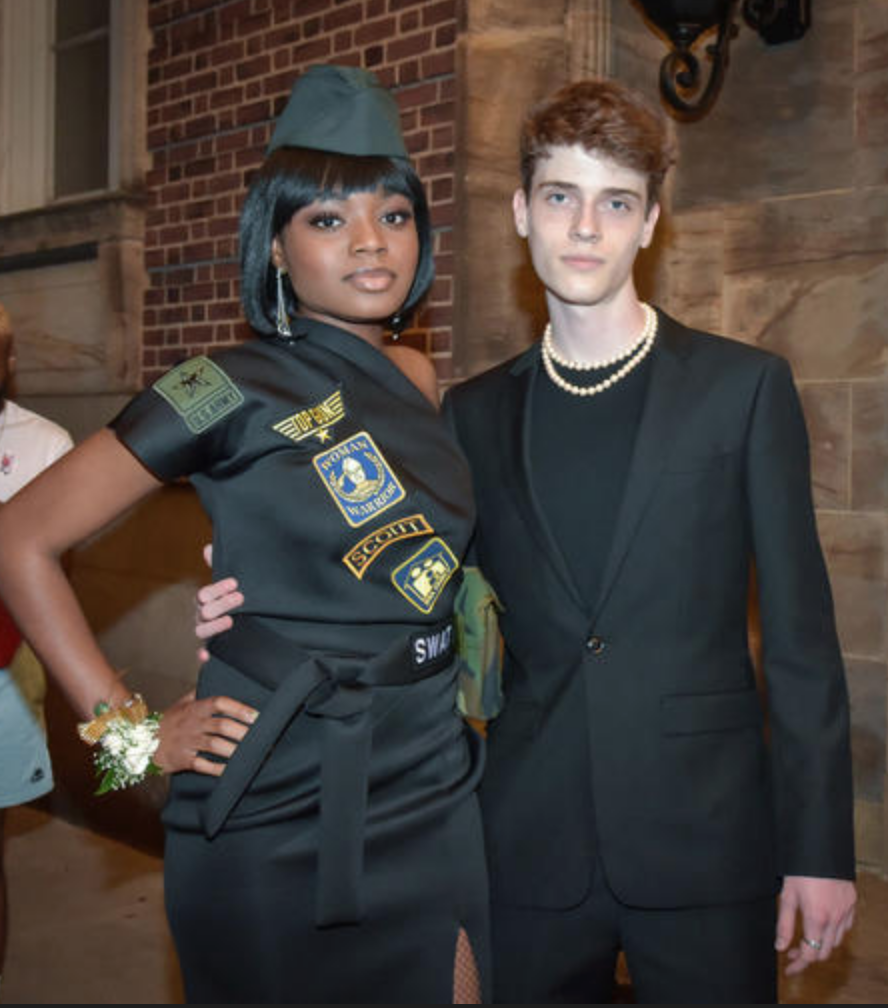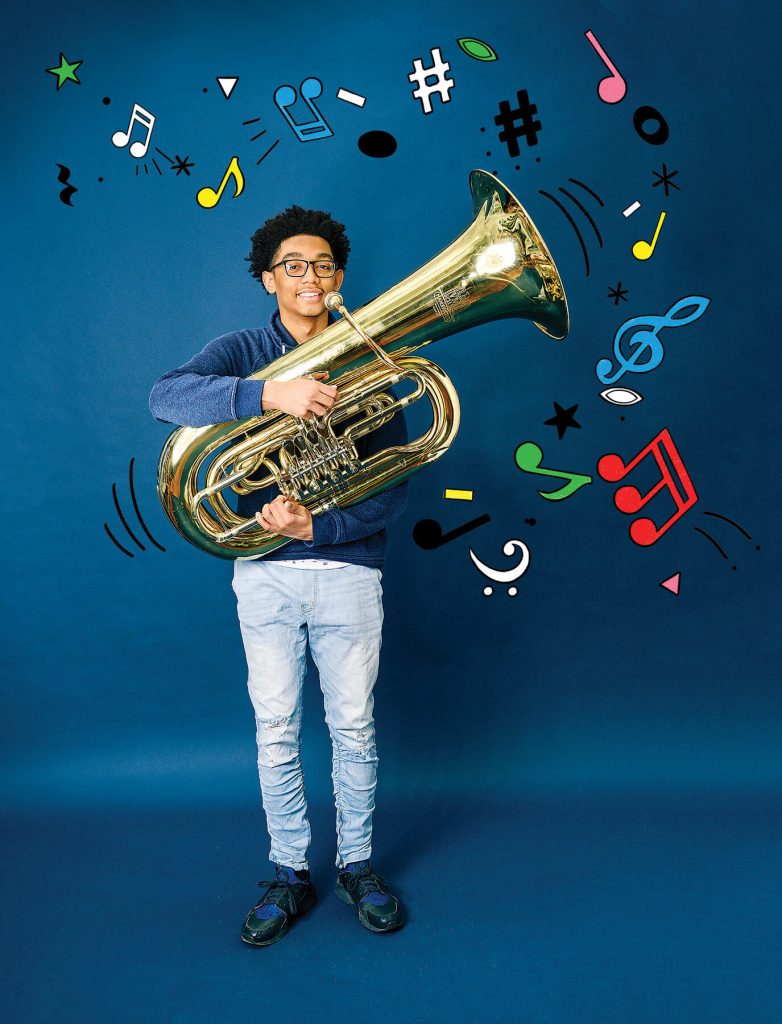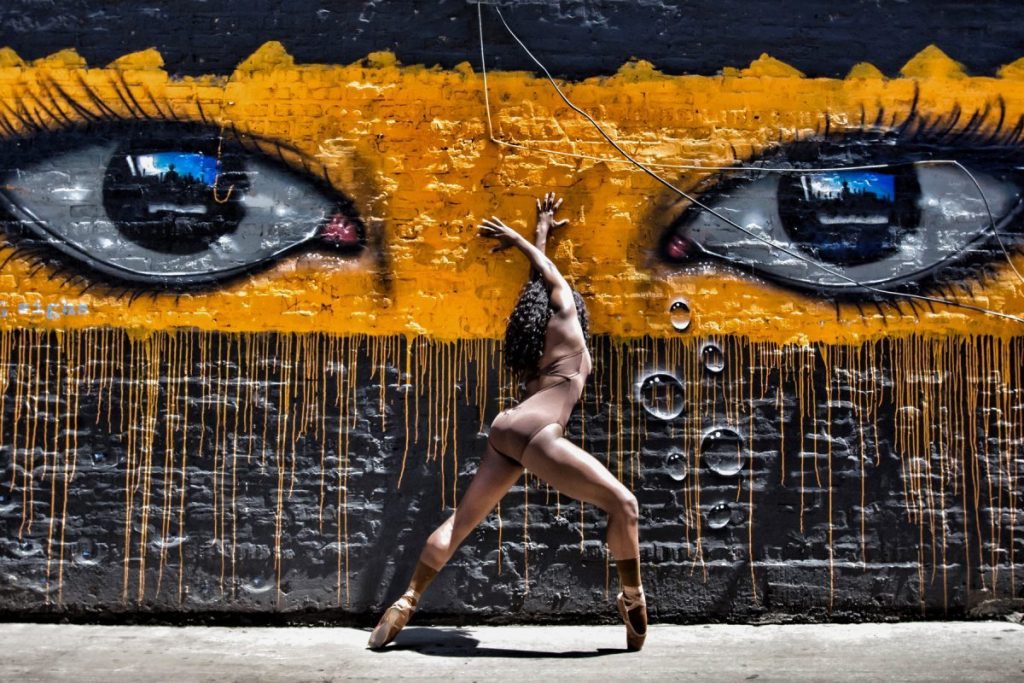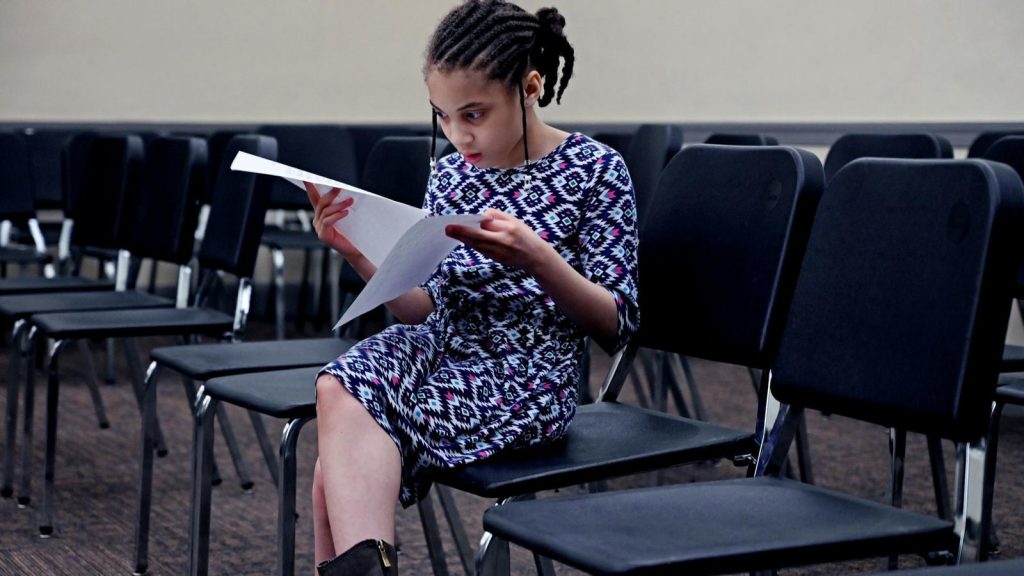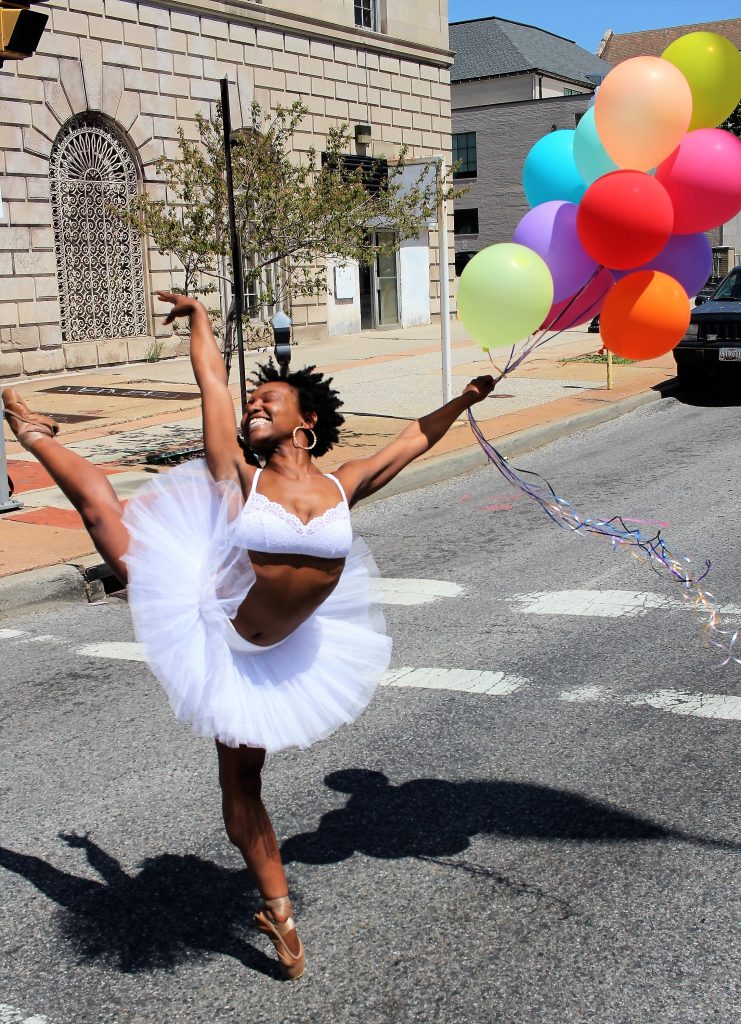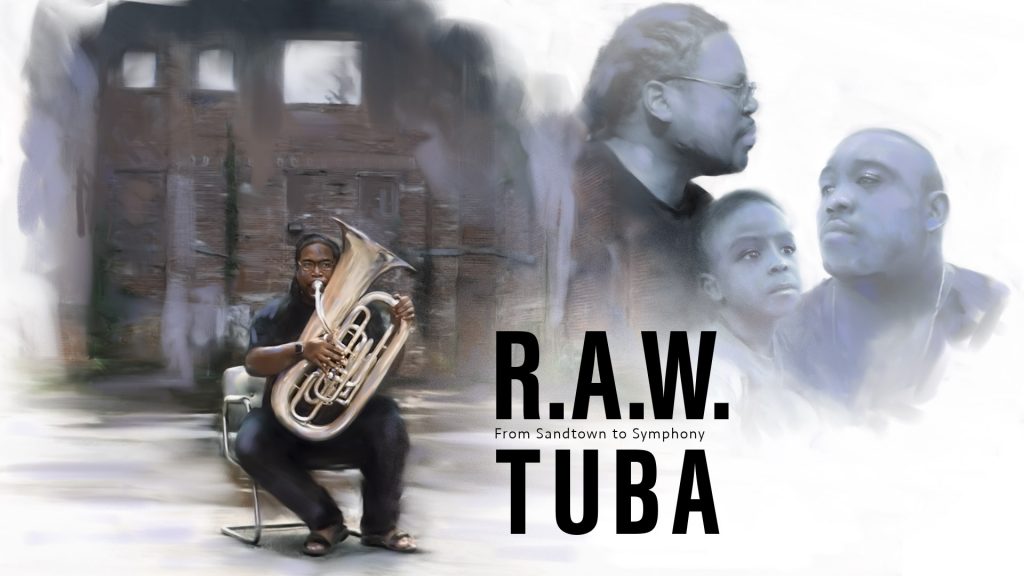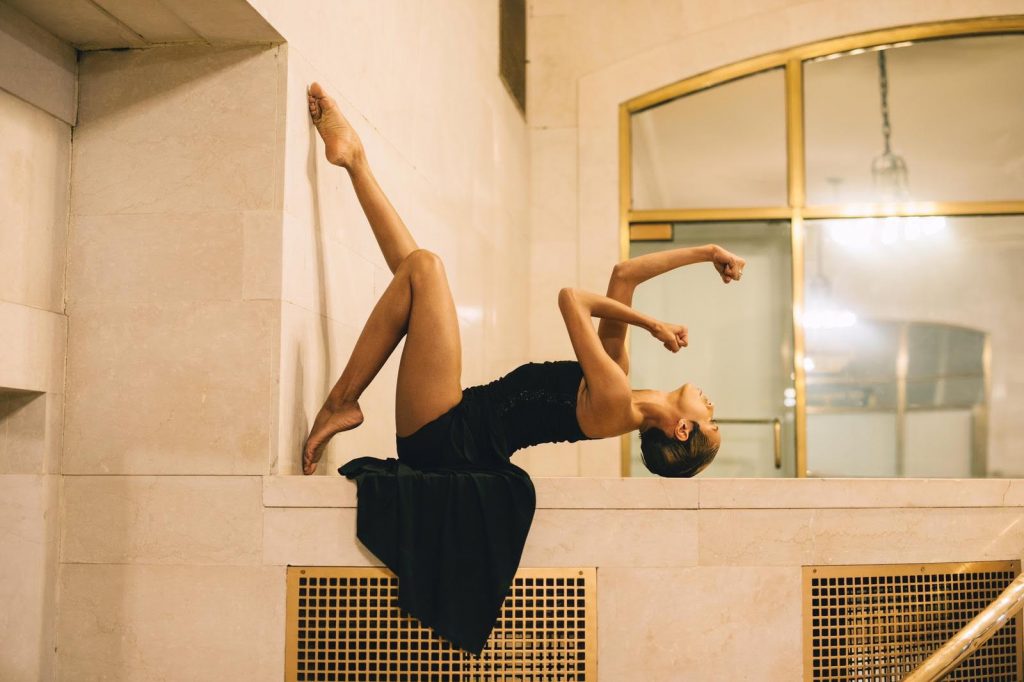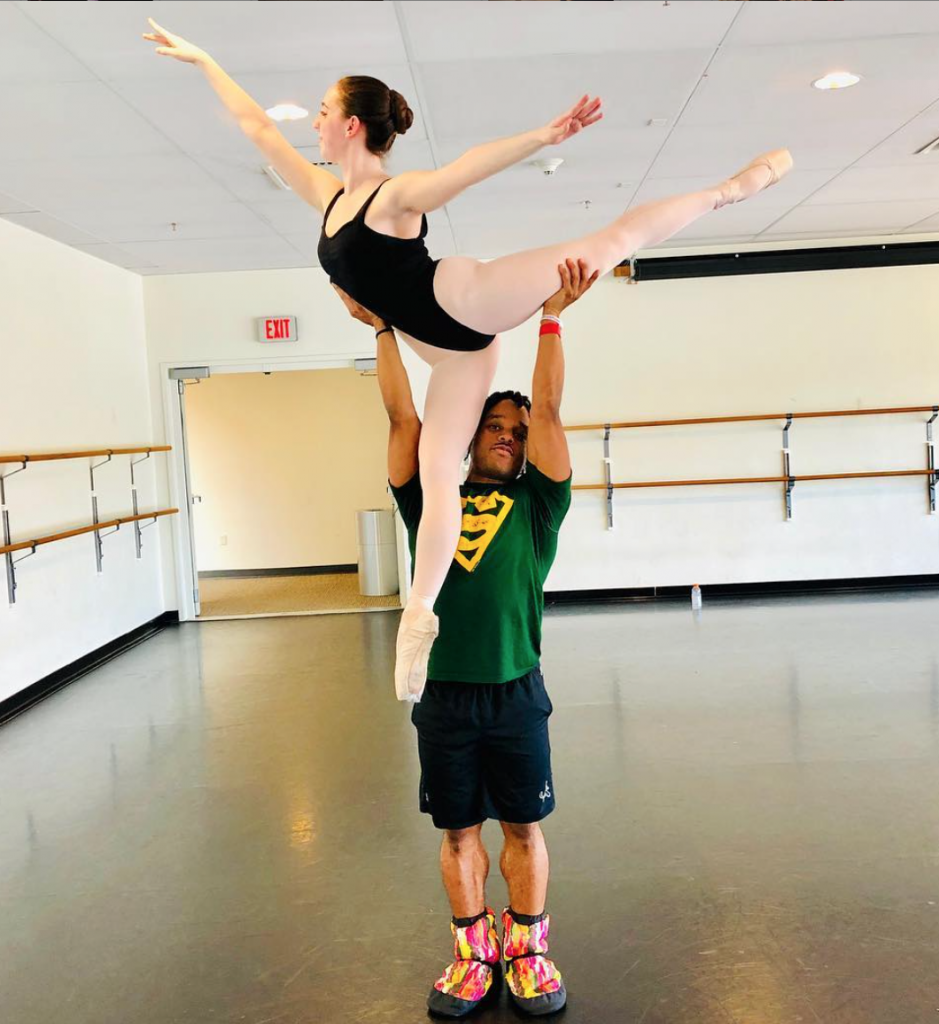The aroma of coffee from Dooby’s. The recycling bins waiting for pick up. The occasional tree on the city block. BSA senior visual arts students explored the scents around the school campus, and turned these smells into a drawing exercise, under the leadership of guest artist Brian Goeltzenleuchter.
Alexander Jarman from The Walters Art Museum brought Goeltzenleuchter to campus to discuss olfactory art—art concerned with smell—with BSA students on Wednesday. Goeltzenleuchter is currently a visiting artist at the Walters, and his new olfactory artwork, Sillage, will debut at the Walters on December 4.
Goeltzenleuchter gave practical professional advice on how to become an artist, and encouraged the students to study art history. “If you’re going to be a practitioner, you need to know the history of the profession,” he said.
He then presented the history of olfactory art and also discussed the challenges olfactory art presents to museums.
“Scent is volatile—it dissipates. If you make scent-based works, somebody has preserve it,” he noted. (And the Walters Museum is actually one of the few museums in the country that has the systems in place to present olfactory art.)
There are also challenges in how to document it, Goeltzenleuchter said.
Next, Goeltzenleuchter selected different scents for the students to smell, and asked them to convert those smells into colors, textures, and shapes. There were definite similarities between many of the answers, with colors ranging from red violet to red brown to burnt orange. When asked to use metaphors to describe a scent, the students said warm fire, smoky, musky, and butterscotch.
After learning some of the basics of olfactory art, students were asked to create a smell map of the area around the campus. They took a 15-minute walk in Mt. Vernon, trying to answer the following questions: Where did the smell come from? What does it smell like? How big is the smell? What symbol would be used to portray it?
“It’s different incorporating a sense we don’t often use,” said visual arts student Kenneth Bland. “The smells are there but we don’t often think about them in our everyday life.”
One of the students commented that the scents changed every half of a foot.
When the students returned to campus, they then drew their experiences.
It was a fascinating experience for our students, and we are deeply thankful to The Walters Art Museum!
